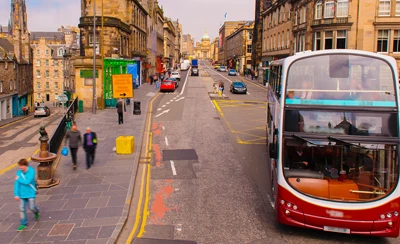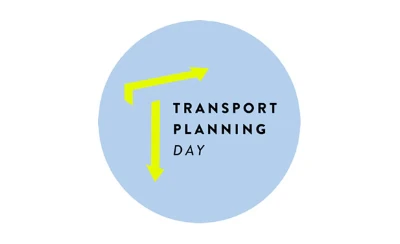-
Events
See all events here
-
TP Day
TPS is pleased to announce the launch Transport Planning Day 2024.
-
Jobs
See all the current vacancies.
-
Membership
Open to all those studying or working in transport planning, or related fields, on a professional basis.

16 Jul 2020
From Kent to Carlisle, the Government wants to build more than 50 Garden Villages and Garden Towns to help tackle the country’s housing supply crisis.
Garden Communities are envisaged as sociable, green communities, each with a centre that is easily walked to and a transport system built for sustainability.
The new report from Transport for New Homes, Garden Villages and Garden Towns: Visions and Reality, found that the reality threatens to be very different.

Transport for New Homes examined plans for 20 Garden Communities in detail, as well as the funding and policy landscape behind them, and found that – in their current form – they will generate high levels of traffic by condemning their residents to car-dependent lifestyles.
Most are planned in the wrong locations, far from town centres and rail stations. They lack local facilities and their streets are designed around car use. Funding for walking, cycling and public transport is missing.

- Just the 20 Garden Communities that TfNH looked at will create up to 200,000 car-dependent households
- Non-driving residents will have to walk up to seven miles to access the nearest town centre or a railway station
The report concludes that unless this picture improves, Garden Communities will be completely at odds with the visions presented, worsening climate change and failing their residents.
Membership
Why join?
Find out about TPS membership
Web design by Tribal Systems












